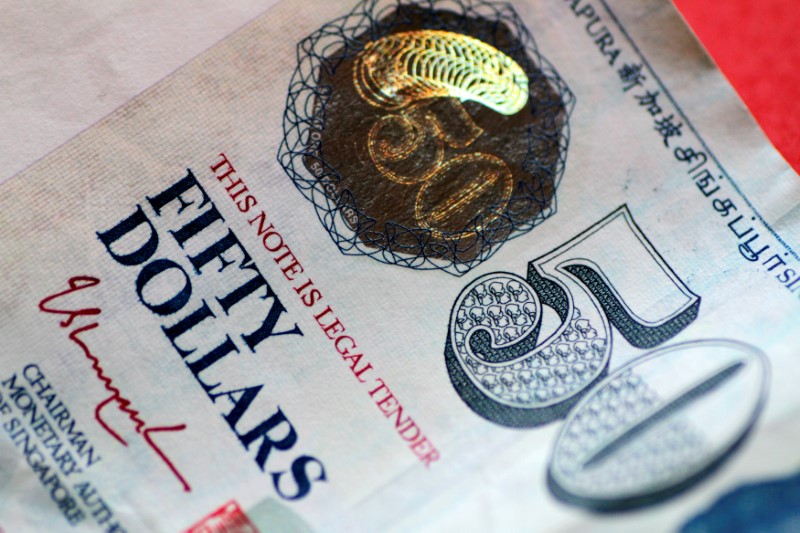SAP sued by o9 Solutions over alleged trade secret theft
Investing.com-- Asian currencies and the U.S. dollar were largely steady on Friday as traders parsed mixed U.S. labour data, which failed to offer clear direction for monetary policy heading into December.
Regional investors’ focus for the day was on the Japanese data barrage, including consumer inflation, trade balance, and factory activity readings.
The US Dollar Index edged down 0.1% after gains earlier this week. US Dollar Index Futures also traded 0.1% lower as of 04:24 GMT.
US jobs data fails to provide Fed rate cues
The long-delayed U.S. September jobs report released on Thursday showed nonfarm payrolls rising by 119,000, while the unemployment rate ticked up to 4.4 %. Wage growth remained subdued, with average hourly earnings increasing only modestly.
The combination of a headline beat, softening labour-market momentum, and weak pay gains did little to clarify whether the Federal Reserve will cut interest rates at its December policy meeting.
"Stronger-than-expected US nonfarm payrolls reinforced Fed Chair Powell’s hawkish stance that a December rate cut is far from assured," MUFG analysts said in a note.
The Chinese yuan’s onshore pair USD/CNY edged down 0.1%, while the offshore pair USD/CNH was muted.
The South Korean won’s USD/KRW fell 0.3%, while the Singapore dollar’s USD/SGD also traded flat.
The Indian rupee’s USD/INR pair edged 0.1% lower. The Australian dollar’s AUD/USD pair gained slightly.
Japan CPI, trade balance, PMI readings assessed
With U.S. data failing to shift sentiment decisively, regional focus turned to Japan, where a slew of indicators offered a mixed picture of economic momentum.
Nationwide core consumer inflation accelerated to 3.0% in October, staying above the Bank of Japan’s 2 % target. A broader underlying measure excluding both fresh food and energy also firmed.
The readings are expected to keep pressure on the BOJ to consider policy normalization, although policymakers have repeatedly stressed the need for stronger wage gains and steadier domestic demand before any firm tightening steps.
Japan’s trade data showed the country logged a smaller-than-expected October deficit, as exports posted modest year-on-year growth while imports rose marginally.
Factory activity indicators added another layer of caution. The Jibun Bank manufacturing PMI for November’s preliminary reading edged up from the prior month but remained below the 50-point threshold, signalling continued contraction in the sector.
The Japanese yen’s USD/JPY pair ticked down 0.2%, after jumping to a 10-month high in the previous session. Finance Minister Satsuki Katayama stated that authorities might intervene to address overly volatile and speculative market fluctuations.
